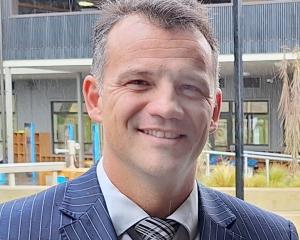The Queenstown Lakes District Council is $68 million in the black for the 2016-17 financial year, well ahead of budget and largely underpinned by unrealised gains from investment property revaluations.
But, council regulatory and finance general manager Stewart Burns said it was ''not a profit of any kind''.
The overall surplus was ''significantly higher'' than the budgeted $21.5 million, and also up on the 2015-16 surplus of $39.5 million.
It leaves the council with an operating surplus of $3.1 million.
''The law relating to local government finances requires all councils to aim to cover their operating costs with operating revenue,'' Mr Burns said.
''This operating revenue is made up of various user charges, lease income, infringement fees and rates etc. QLDC achieved this for the 2016-17 year with an operating surplus of $3.1 million.''
Traditionally, operating surplus is used to pay down debt instead of reducing rates.
According to the council's annual report, to be presented at today's meeting, two factors not anticipated in last year's annual plan contributed $64.7million, or 95%, of the reported surplus.
During the year some council assets increased in value by about $35 million through the annual revaluation of council-owned investment property.
The second factor was $29.3million the council received to fund capital expenditure, or infrastructure construction, including $6.4million that could only be used to fund growth-related development, such as special housing areas.
Other capital revenue streams were from vested assets, capital grants and subsidies.
Revenue was above estimate by 12.9%, or $16.1 million. One of the major contributors was increased user charges of $6.5million, which comprised increased revenue from rentals, consents, regulatory activities and solid waste.
The increased revenue offset increased costs in the latter three areas.
The dividend income from Queenstown Airport Corporation was also $847,000 above budget for the year.
Operating expenditure was 5.5%, or $5.72 million, over budget and the report said more than half of that was attributed to costs associated with defending and resolving building-related legal claims against the council.
One of the major operational cost variances was a $2.09 million higher than budget cost of contract staff.
''Contractors have been used in consenting activities where it has not been possible to recruit employees. The volumes of work have dictated this approach and all of this additional cost is recovered in revenue.''
There were also increased costs of $1.7 million for handling ''larger-than-expected volumes of solid waste'' for the year and costs for ''professional services'' were $1.5 million above budget, primarily resulting from an increase in ''on-chargeable consultant costs related to consents''.











